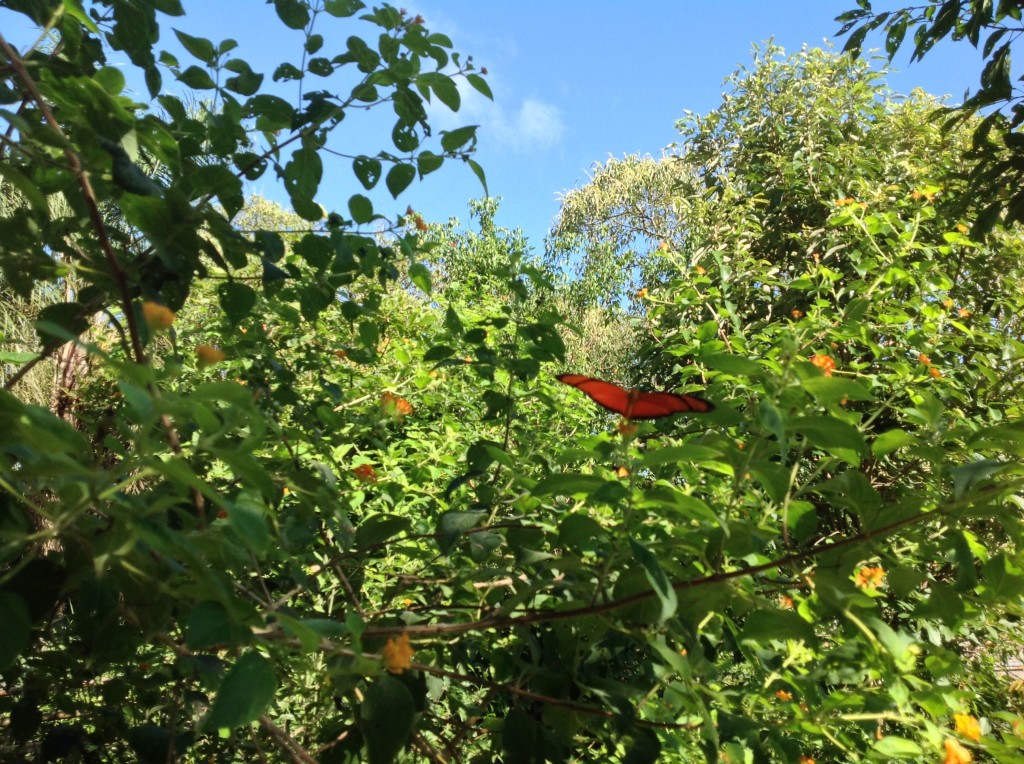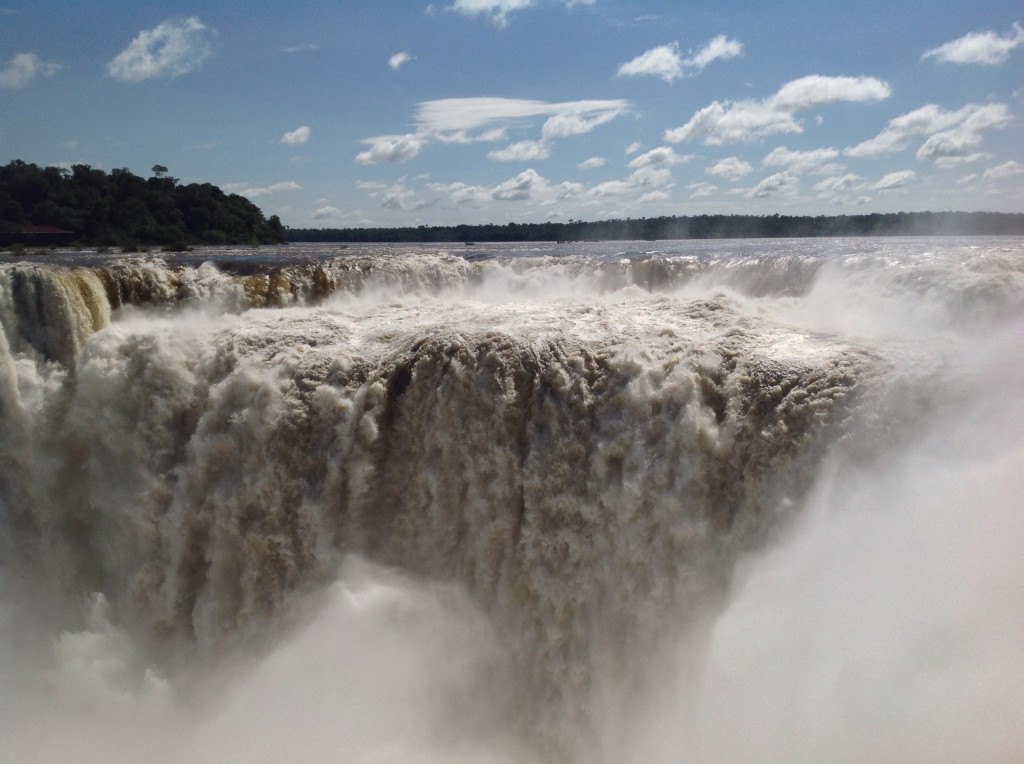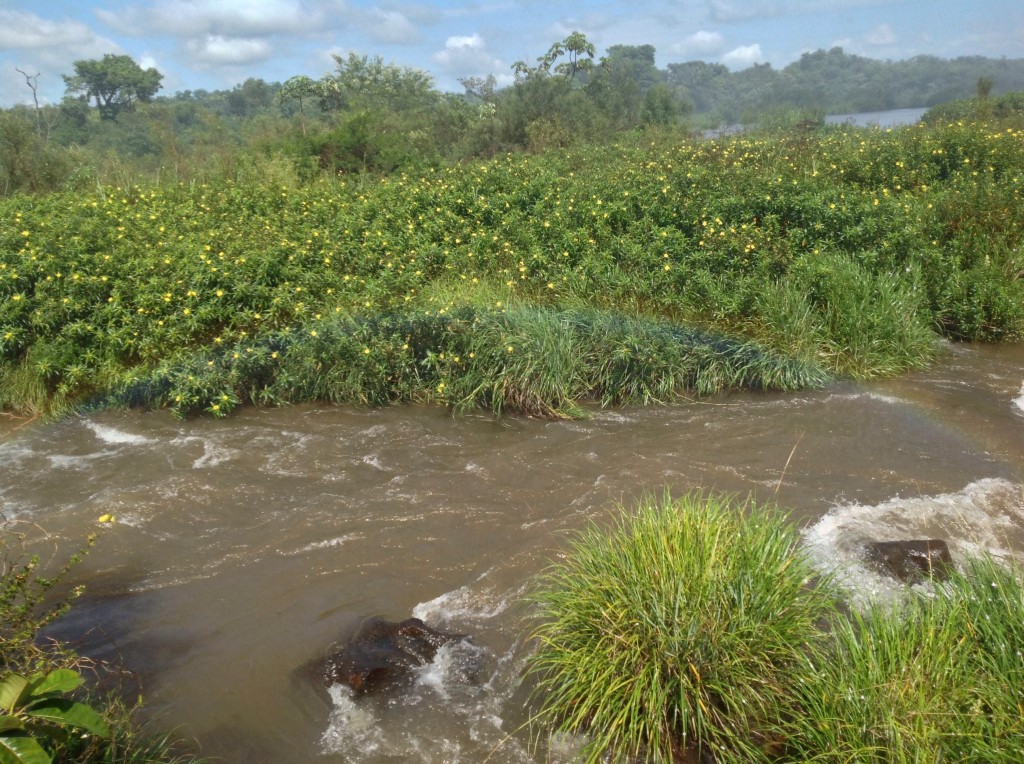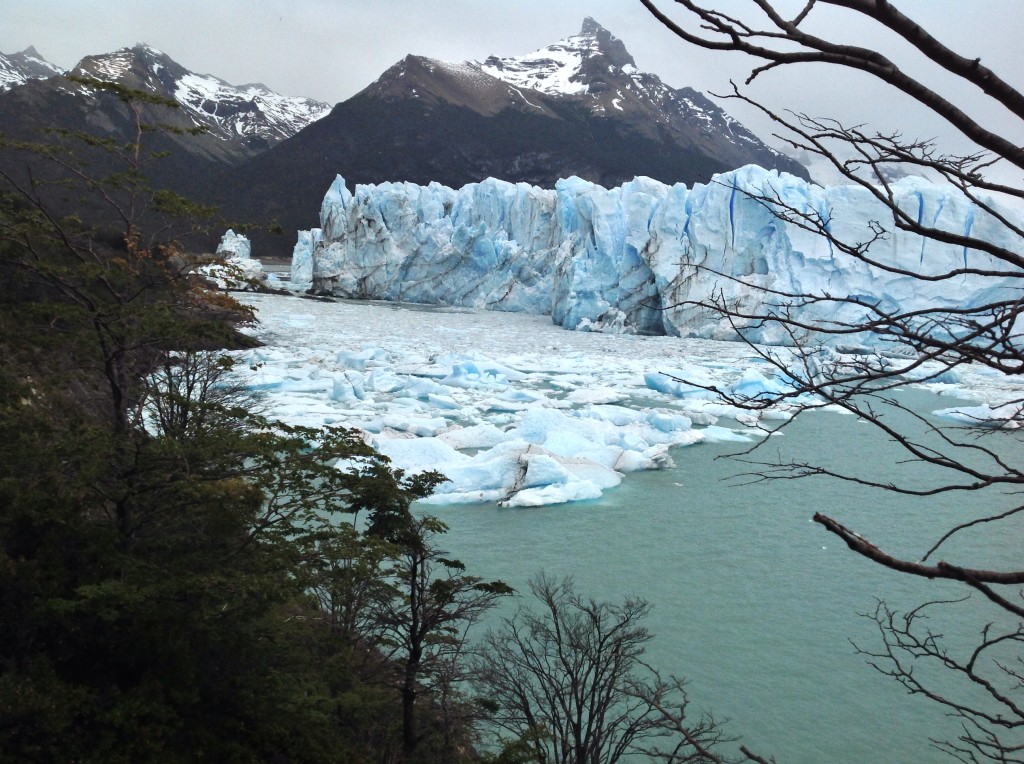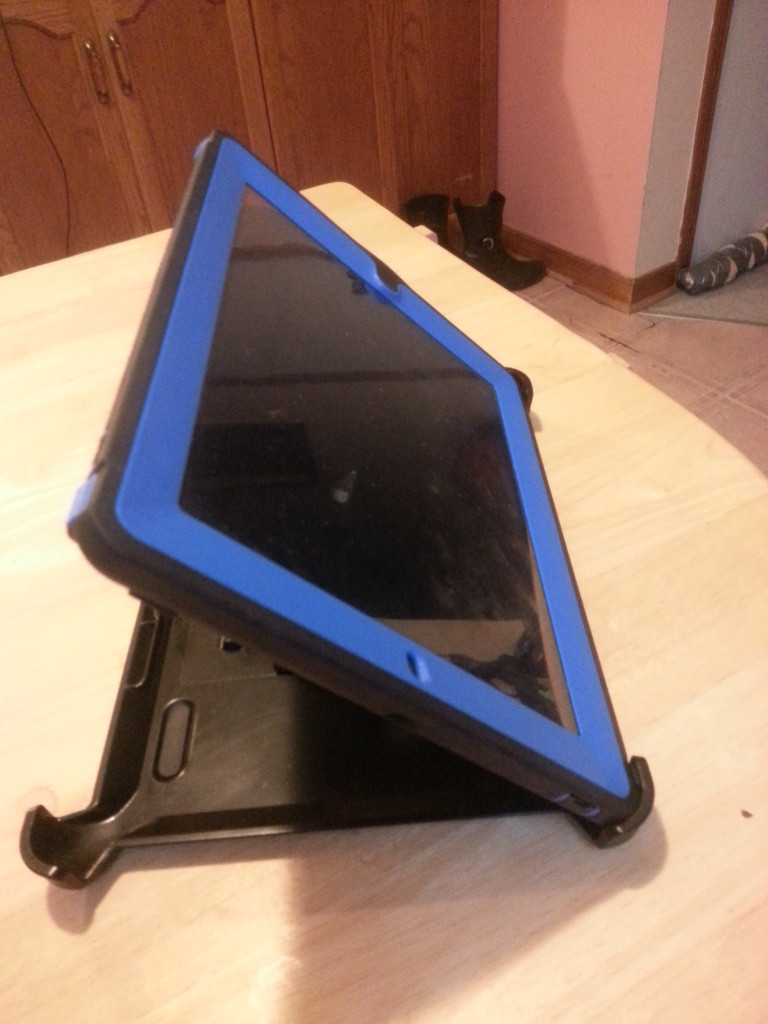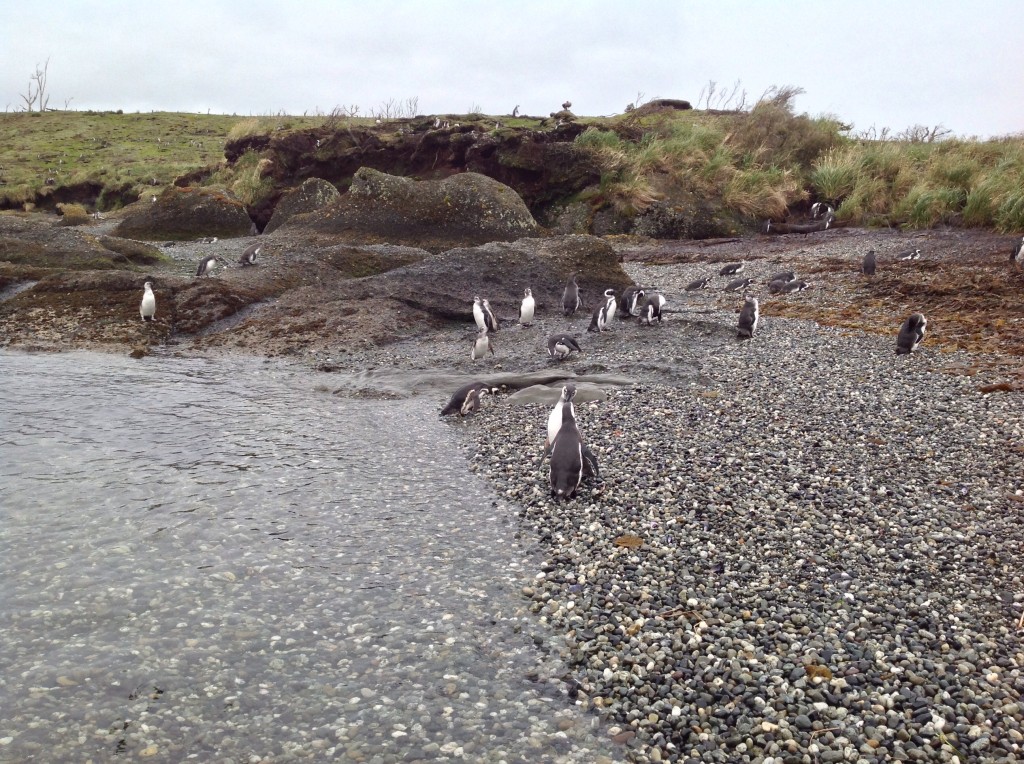Armed with a digital camera, or dorky-looking tablet, I find myself faced with a decision: do I want to fully immerse myself in a situation with all my senses, or document it with the camera. Taking pictures means I’m seeing everything through the camera and my attention is focussed on taking pictures instead of engaging fully in the event with all my senses.
After thinking about this and discussing it with others, I really don’t have a good answer, only a personal preference. One Patagonia trip highlight was seeing Magellenic Penguins. At the time I hadn’t been able to figure out the video on my camera (embarrassingly enough, it was purely user error), so I committed myself to snapping a few pics and then sitting in the boat to observe.
Penguins are incredibly animated creatures, but also noisy and a little bit stinky from all the guano. I was so thrilled to be near these captivating animals, that I just wanted to fully immerse myself in the experience: the sights, the sounds, the smells, the feel of the wind on my face, etc.
I discovered later that my brother had taken several penguin videos which he later shared with me. I was excited to have the videos because it meant that I could keep enjoying the penguins long after we had left Patagonia. I mentioned this to my brother and he said “Yeah, but while you were busy enjoying the penguins, I only got to watch them through my camera.” What can I say, in this situation, I got the best of both worlds.
During almost every hike on the trip, we would collectively take a few moments of silence, without cameras or devices, to just experience what was going on around us. I think this is a nice compromise.
In future situations, I will continue to document events. However, I will make a point of not using my camera once in a while to capture the experience in other ways. Some things just don’t translate to the digital world, such as the way something smells or feels or my emotional state.
A new alternative is Google Glass, a product designed to allow users to experience and document simultaneously. If you haven’t heard about Google Glass yet, get ready. It’s coming – stay tuned for a future post on the topic.
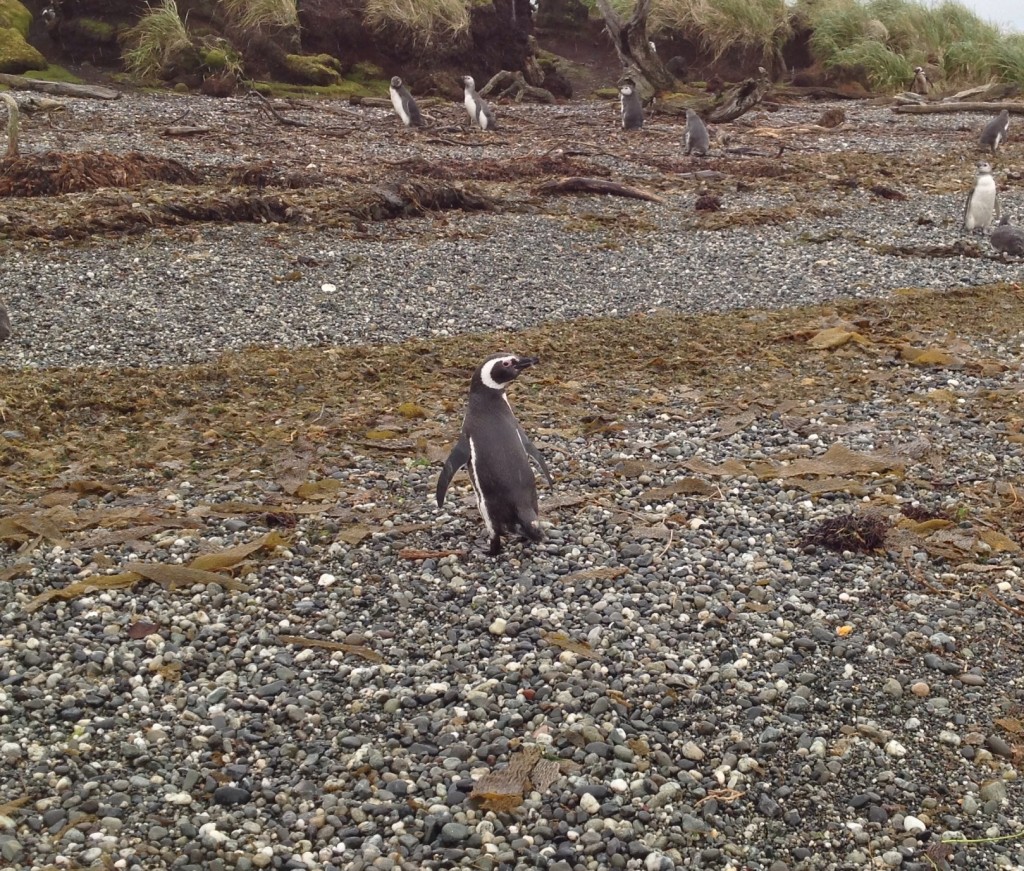
One of my favorites!

